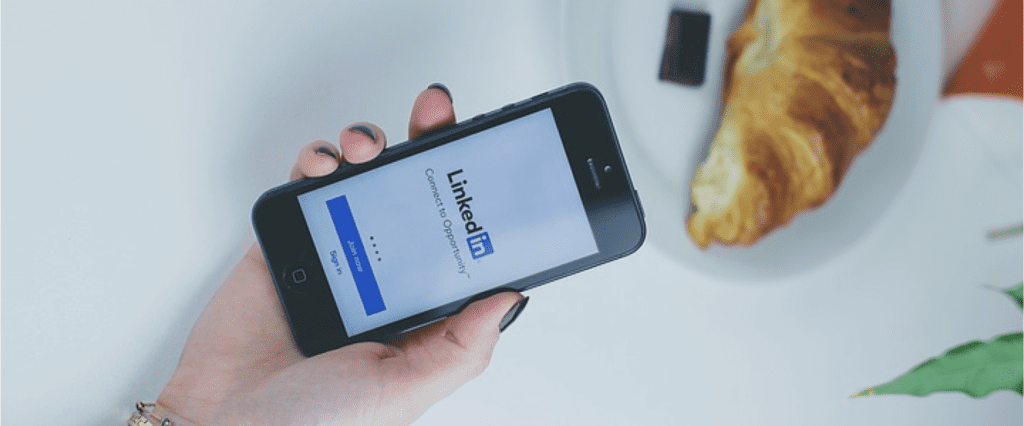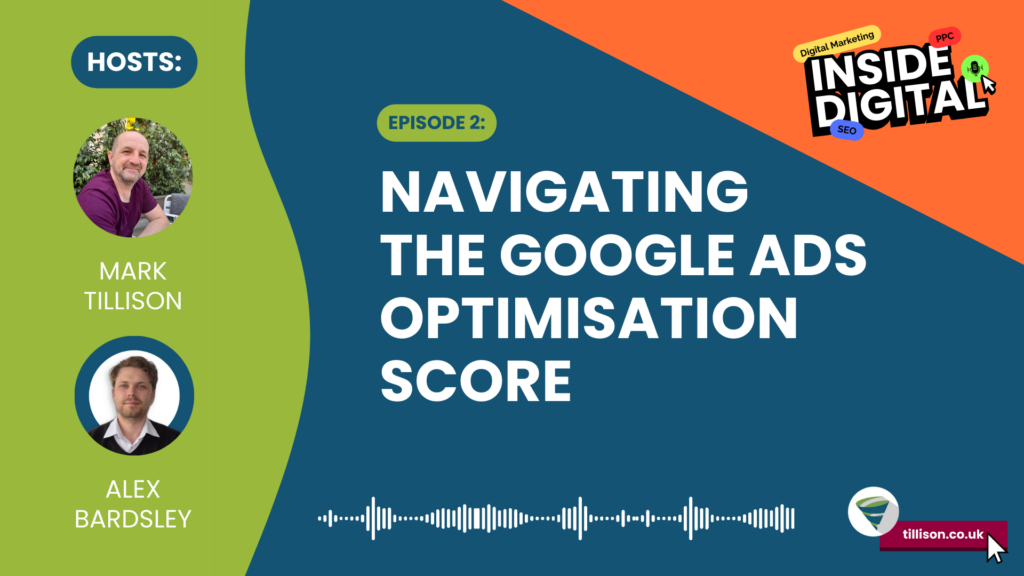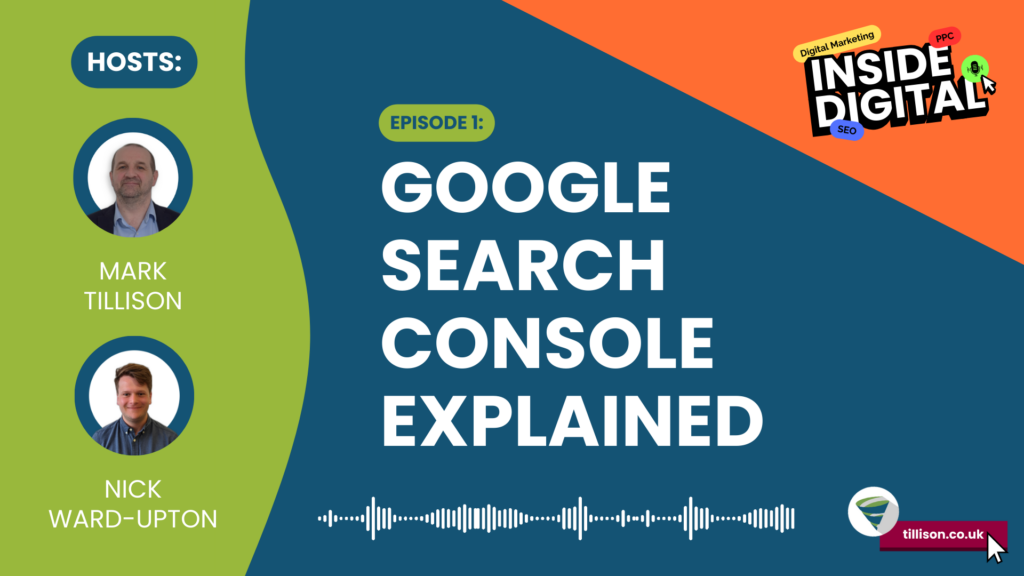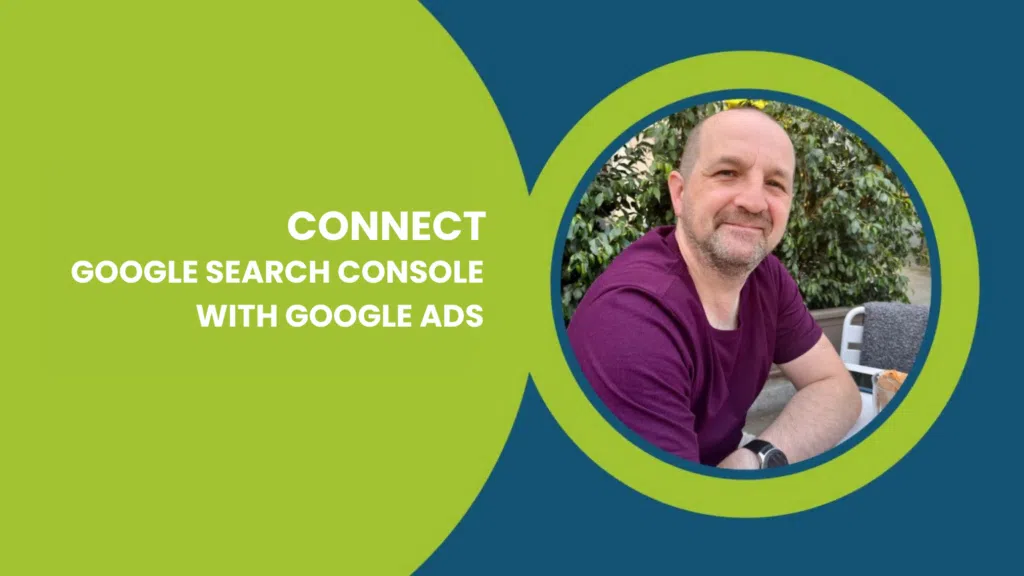Dear LinkedIn
Your platform could be amazing. Really. It is uniquely positioned to offer something amazing to advertisers that is not offered specifically by any other social platform.
But you’ve got problems. Big problems. They’re big problems because they have annoyingly (relatively) simple solutions.
I spend a lot of time on Twitter and a lot on Google+ too. Both are great platforms for engaging an audience. Both have great mobile apps (my network is always in my pocket).
Yours doesn’t. I thought you should know.
Time for a (constructive) rant.
LinkedIn Suggested Contacts
Facebook, Google+ and Twitter all do this and you should too. I agree you want us to have more connections to communicate with, and to spend more time on your platform for you to earn more ad dollars. No problem.
However, scraping my phone contacts without my explicit permission is not cool. Not cool at all. Asking me is fine – at one point in time, your Android app asked me every time I opened the app with a handy overlay screen. Thanks for fixing that, at least.
If you insist on scraping contacts from my phone, please don’t suggest that I connect with those that don’t have a LinkedIn account. I have lots of personal contacts in my phone that don’t use LinkedIn, shouldn’t use LinkedIn and never will use LinkedIn.
I love my Mum dearly, but I don’t want to connect with her on LinkedIn or invite her to join your could-be-so-much-more-amazing platform.
No Means No
Worse still, once you’ve suggested a contact and I’ve specifically said I don’t want to connect with them, STOP suggesting them.
My suggestions stream is so stuffed with people I’ve already confirmed aren’t contacts that I’m now irritated by the whole process and already avoid it, assuming that it will just be a pointless waste of my time.
LinkedIn Notification Trauma
Here’s how LinkedIn notifications go on my Android phone:
- Someone commented on your picture. Oh, you mean my post that had some text and an image? Telling me which post would be really helpful. Context.
- I tap the alert, the LinkedIn app takes at least 3x longer to load than Twitter, Google+ or Facebook. So long, in fact, that I’ve given up tapping.
- The LinkedIn app finally loads. I’m asked to login. What? How was I notified if I wasn’t logged in? I probably swear at this point and quite possibly give up.
- If I’m not asked to login or once I’ve logged in, I land on the LinkedIn homepage. Now I’m definitely swearing. You alerted me to a message and didn’t navigate me to that message? Someone explain the fundamental logic. Please.
LinkedIn and Open Graph
This seems to have been fixed recently (thank you!), but for a long time, LinkedIn flatly refused to conform to Web standards such as Open Graph protocol, used by Facebook, Google and a heap of others.
That meant that links shared to LinkedIn didn’t come with rich snippets enjoyed by other platforms. No preview of the content of a blog post or video, no visual representation of the link, just a plain old link. Not very e/blog/the-ultimate-guide-to-blogging-on-linkedin/nticing. Needless to say, engagement is reduced along with traffic.
LinkedIn Groups
In fairness to LinkedIn, Groups are a great idea. Like Google+ Communities, they’re perfect for grouping together users with common interests – your local networking group, alumni from a particular university or those with an industry in common.
The big problem is, 90% of them are stuffed full of spam, sales pitches and loaded questions designed to elicit a response to invoke a sales pitch. This isn’t networking.
Firstly, users need to learn how to behave effectively on Social Media. That isn’t LinkedIn’s problem, that’s all of our problem. We, the users, must moderate our own environment whether that’s ignoring that behaviour, calling the culprits out on it or reporting and blocking the behaviour.
Secondly, the issue with LinkedIn Groups is the responsibility of the moderator(s) of that group. It’s mostly a thankless task. It isn’t easy. It’s time consuming. But if you want your group to be a valuable environment that users want to spend time in, it’s absolutely necessary.
Be clear on your spam and behaviour policy and police it. Don’t tolerate link litter and spam. Offer a friendly reminder to first offenders and kick out those who flout your rules.
That stuff isn’t LinkedIn’s responsibility. However, giving users the tools to report users with poor conduct is. LinkedIn should provide tools to mute users in groups (like the Twitter mute function) and/or to report them to the moderator to address.
Those options would clean up a lot of the spam a user has to wade through to find the gems of conversations that are present in some and make LinkedIn Groups a more rewarding place to spend time.
I Can’t Target Liverpool with LinkedIn Ads?
Finally, let’s talk about the ridiculous limitations of the LinkedIn ads platform.
LinkedIn launched its ad platform in July 2008, long before Twitter launched its self service ad platform in 2014. In 2015 Twitter added Postcode Targeting to its ads platform which opens up a heap of opportunities for local businesses to target a local audience, not to mention the revenue that goes with it for Twitter.
Twitter, Facebook and Google Ads have fairly accurate location targeting. This isn’t new technology, so why is it currently impossible to target a LinkedIn ads campaign to include users in Liverpool? Or users in Hampshire, Surrey or Lancashire, or any UK county and half of the major cities for that matter?
Why can’t advertisers run ad campaigns targeting a radius around a point? It isn’t like LinkedIn doesn’t have the budget to fund the development or the demand on its platform. LinkedIn’s location targeting options suck.
How much ad revenue is LinkedIn leaving on the table?
Measuring Outcomes and Value from LinkedIn Ads
We know that every penny invested in online ad campaigns should return more than a penny. We know that tracking and optimisation are critical to every advertiser to maximise ROI and to continue investing budget into a platform. Since that’s the case, why on earth does LinkedIn make it so difficult?
LinkedIn has no native tracking solution to measure the performance or conversions on an advertiser’s website. Unlike Google AdWords, there’s no measurement of Vew Through Conversions – when a user has seen your ad, doesn’t click, but later converts through another click source such as organic, search or email marketing.
Advertisers are left with the only option, to just tag the URLs with Analytics tags and work the funnels from inside Google Analytics, measuring and optimising how many leads or tracking how many phone calls each campaign generates.
I despair. I really do. How can a business of this scale and of such great opportunity be getting this so terribly wrong?
Smart marketers and businesses know that if you want your audience and customers to do something, making it easier for them dramatically increases the likelihood of that happening.
I’d love to use LinkedIn more. I really would. But right now, it’s the poor cousin. That makes me sad. That is why I don’t use LinkedIn as much as I should.
Please, LinkedIn, for your own survival, make it amazing.
Speak with a SpecialistLearn Social Media with a Pro







